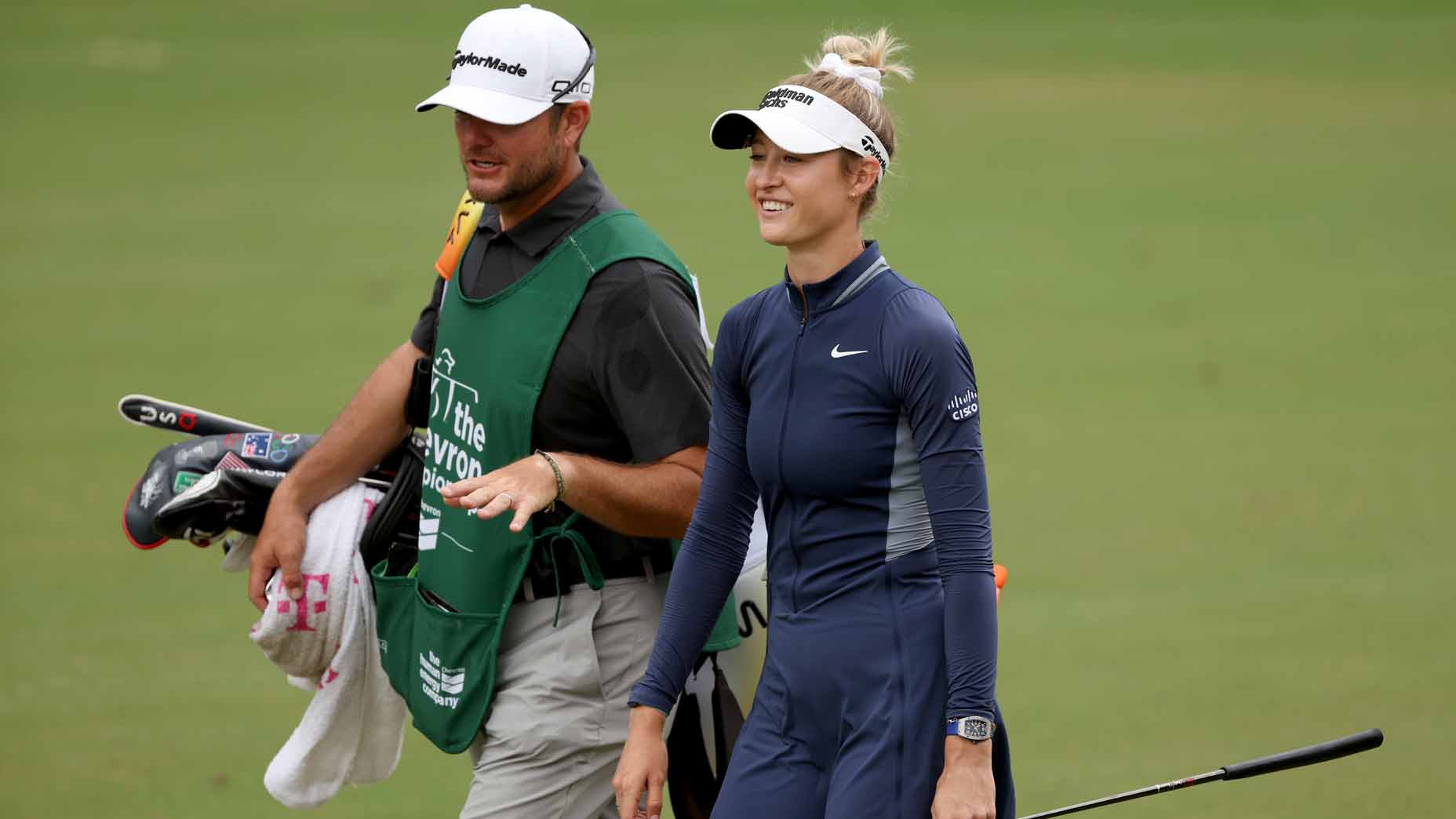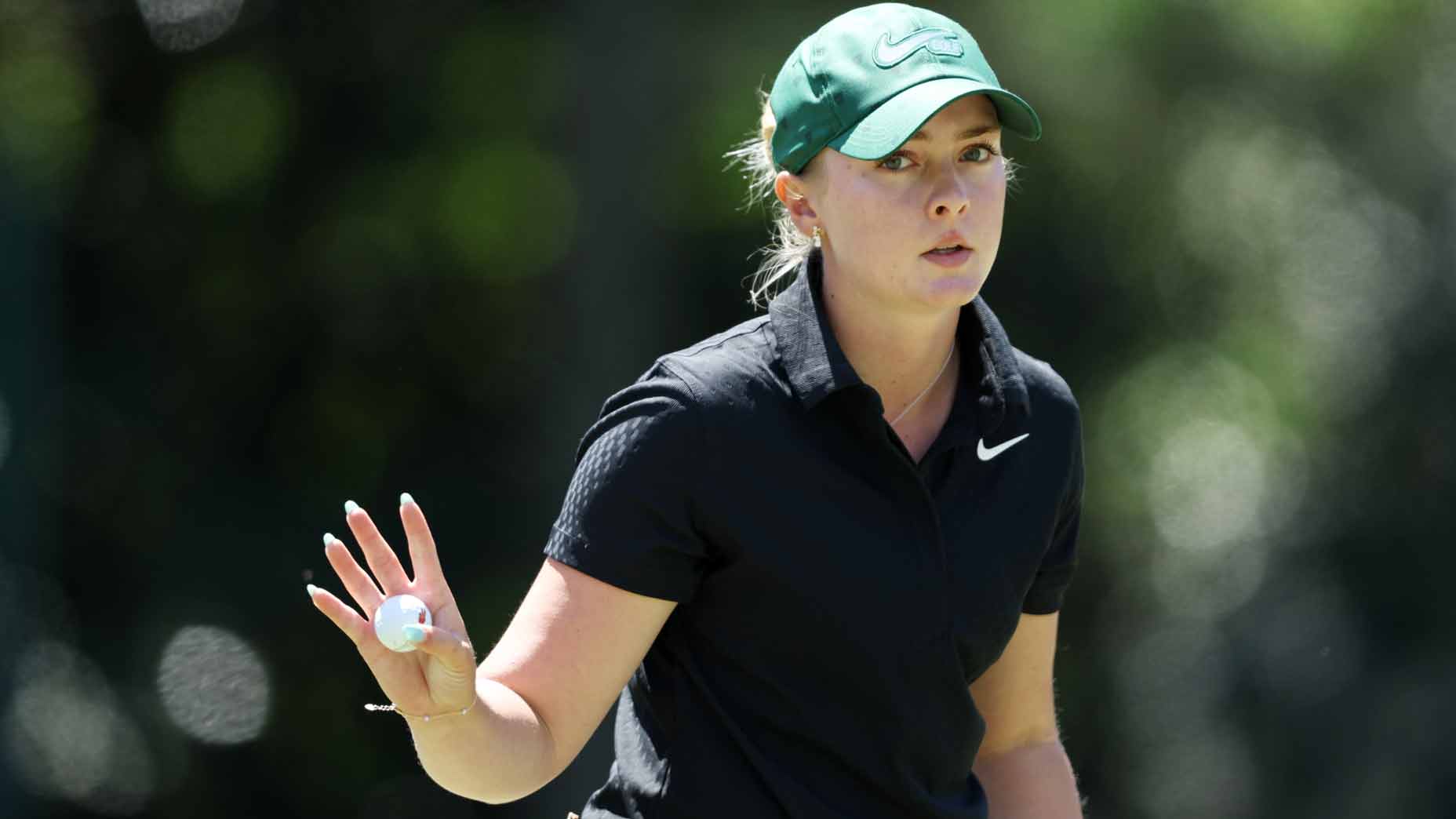What’s the best way to hit out of a divot? LPGA pro explains

Hitting out of divots is not easy, but with this advice from LPGA pro Lee-Anne Pace, you can at least put a solid swing on the ball.
Getty Images
One of the key tenets of golf is to play the ball as it lies. Sometimes — often when off the fairway — you’ll draw a poor lie that affects how the ball reacts. It’s never easy to judge these shots, but to become a great player, you have to be able to play your ball with all sorts of variables in play.
Drawing a bad lie isn’t only in play when you miss the fairway, though. You can do everything right and hit your ball to the correct spot and still draw a wonky lie. This mainly happens when your perfectly-placed shot rolls out in the fairway directly into a divot.
Seeing your ball resting in a divot will typically make your heart sink. Hitting the ball in the short grass means you’ve done all the right things, but sometimes, the golf gods frown upon you anyway.
Even the pros have to deal with hitting out of divots from time to time. Despite playing pristine courses each week, normal wear and tear on the course means there will be some divots throughout the fairways. With this possibility in play, pros make sure they’re familiar with the proper technique for escaping this tough situation.
Just last week at the KPMG Women’s PGA Championship, LPGA pro Lee-Anne Pace found herself in a divot during the second round of the championship. But rather than panic, she leaned on her experience to make a solid strike on the ball.
“It’s not actually such a difficult shot as it looks,” Pace said. “You’ve got to hit down on the ball. It’s obviously going to run out.”
In order to hit down on the ball, you might want to adjust the ball position so it’s a bit farther back in your stance. Additionally, you’ll want a steeper attack angle to create a descending blow. Try hinging your wrists early in the backswing to help you hit down on the ball.
If done correctly, the you should make ball-first contact and blast the ball out of the unfortunate lie. The ball won’t come out with much spin, so make sure you allow for a little extra run-out once it gets near the green.










